Are you a service professional, a business owner, or an executive? Do you often lead elaborate presentations for clients or regularly contribute to your company's blog? If you answered yes to any of the above, it’s time… Time to get to your Meryl Streep on!

Okay, so maybe the academy isn’t calling, but a new skill is about to become commonplace on your resume. According to Cisco Systems, video may make up 84 percent of internet traffic by 2018. It’s official “lights, camera, action” is on you to master! Although your yellow brick road is perilous, we’re here to help!
We’ve compiled some tips & tricks to help give you the confidence to become lord/lady of the lights & lens. So get ready for some media training! We want you to look as natural and professional as possible. Here are 7 ways to look more natural on camera:
1. Be Prepared, Not Over Prepared
You've got the script or interview questions you’ll be speaking about, all that’s left is to show up and shoot the thing. Now what? What do you do to prepare? Conventional wisdom would suggest crawling through your lines, going “off book” as they say in the acting game, but we’re not conventional, are we? We suggest the opposite (unless the message is uber specific, taglines etc..), don’t learn your lines, learn your content.
Create takeaways or touch points that relay ideas as opposed to verbose language. If you convey message and not just the written page, you will appear much more natural and sincere. Unless you're Daniel Day Lewis, in that case, go for it!
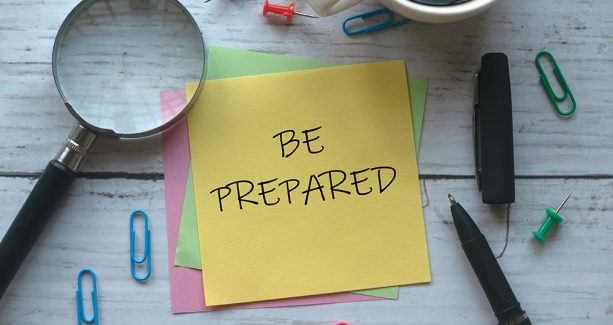
2. Be Comfortable
People have written in depth about what to wear on shoot day. It’s important to think of the technicalities of the camera and also the image you want to portray. For example, you wouldn’t want to wear a matte black suit because of light absorption. In addition, does your wardrobe correlate with your tone? Can a lawyer rock a t-shirt and come off as an authority? Probably not. Wardrobe is very important, but even more important than it’s aesthetics, is how it makes you feel. Video is all about body language. Wear what makes you feel good and your body language will translate on screen.
3. Address Your Audience, The Lens
Nothing says confidence like direct eye contact! You know you've had those thwarted first impressions by someone’s wandering eyes. Being on film is no different. Barring a directorial choice to speak off kilter, it is imperative to address your audience (the lens) and maintain eye contact. If your gaze is in constant motion and not affixed, you will appear less comfortable and unsure.
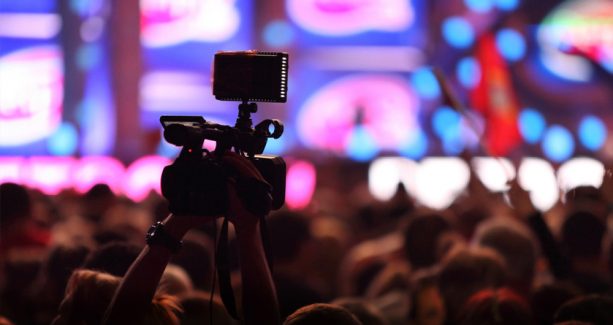
4. Do It A Lot!
There is a reason the old adage “practice makes perfect” is an old adage... It works! Nothing can prepare you for appearing on film, like appearing on film.
A couple of years ago at TechWyse, our subject matter experts started running daily 5 minute brain drain sessions with the latest news from our fields. Pretty soon, we were filming them and sharing them company-wide.
An interesting thing happened when the camera entered the equation. It was turning our smoothest orators into stuttering Stanleys. We, of course, kept with it. Two years later, our subject matter experts are as comfortable speaking in front of the camera as Dan Rather in a onesie.
Our practice made perfect when we fully realized the differences between public speaking and being on camera, so should you! Get a camera, try making YouTube videos, film information sessions as we have, just get in front of that camera!
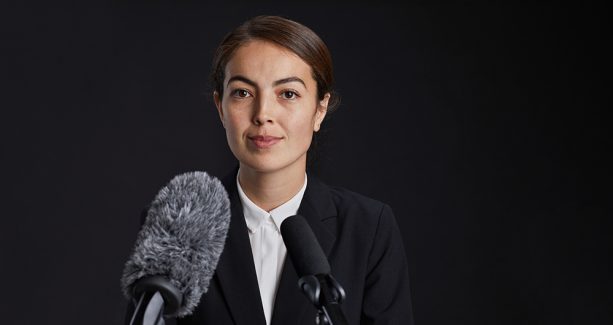
5. Velocity
When it comes to velocity, you want to put the goldilocks equation into practice. The speed of your voice and pacing of your dialogue relays your comfortability. You obviously want to be cool, calm, and collected, but don’t try to overcompensate by delivering at a snails pace.
A great way to practice pace is to record with another. Get a spotter to play director on the spot and have them critique your performance honestly.

6. Have Fun
Awesome personalities are infectious! There is no better way to look natural than conveying yours on screen. Have a little fun with it, let your personality shine through, get a little goofy, and maybe try a joke or two (tone permitting). In Robert Cialdini’s 6 Weapons of Influence and Persuasion, he discusses how people buy from people they like. There is nothing like fun for a good time, and who has more fun than people? Treat your time on screen as a fun adventure and not something to fear. You will reap the benefits in no time.
7. Be Aware of Your Body Language
The last point I want to discuss is really the overarching concept for this entire article. BE AWARE OF YOUR BODY LANGUAGE. Film is a visual medium, it is so easy to sense when someone looks uncomfortable. You can literally say a thousand words without saying a thing. The best video performers appear comfortable, less rigid, and loose. Do what you have to do before shooting to be in a relaxed state. Step outside and go for a walk, stretch, have 16 beers (just kidding), you get the gist.
I have seen many cases where the dialogue is bang on, but there is just something off about the subjects body language. It’s obviously not as easy as saying don’t be nervous, but once again, practice and watching your own videos will assist you with body language over time. You will also want to be aware of other body language issues, such as profuse sweating, turning red (if you’re fair skinned) or other things like wardrobe, hair out of place etc… It really helps to have someone with a trained critical eye to help you film.
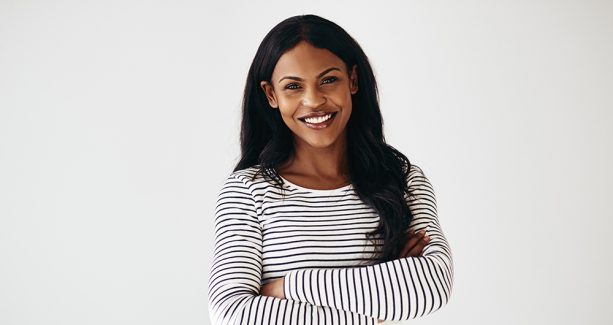
Conclusion
These are crucial skills to possess in the future, so don’t miss out on honing them now. Practice, practice, practice, and watch what you make! Do your best to get comfortable on screen now, before this becomes a mandatory skill for so many roles. You’re in a unique position to grab the bull by the horns before this is commonplace. Get on camera and strut your stuff, and who knows… Maybe we will see you on the red carpet some day.

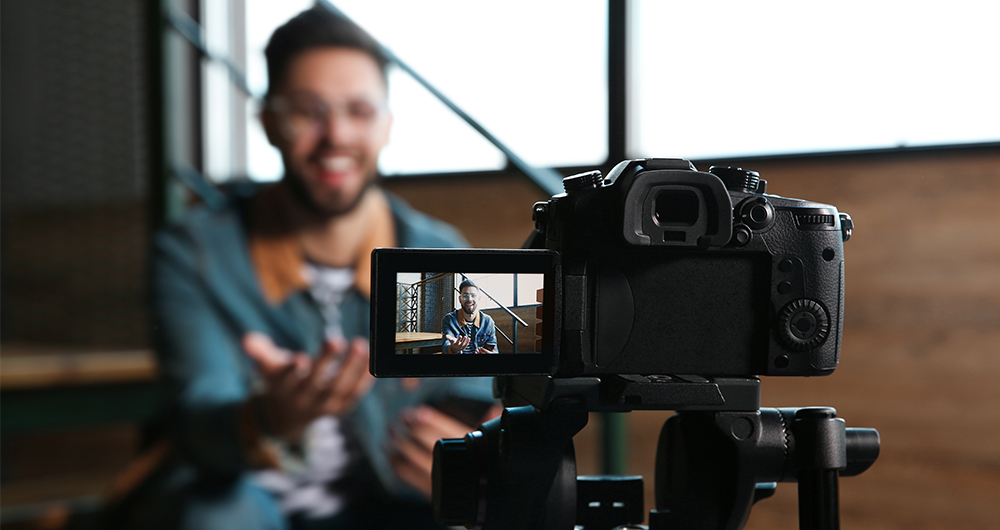


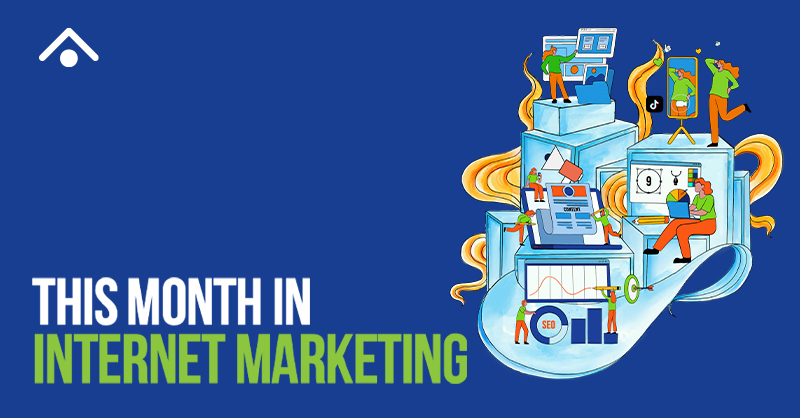

on
Great read Ty.
on
Thanks for reading Russ!
on
Great tips for anyone going before the camera! cheers!
on
Thanks for the props!